Caring For Nectarines In Pots: Tips For Growing Nectarines In Containers
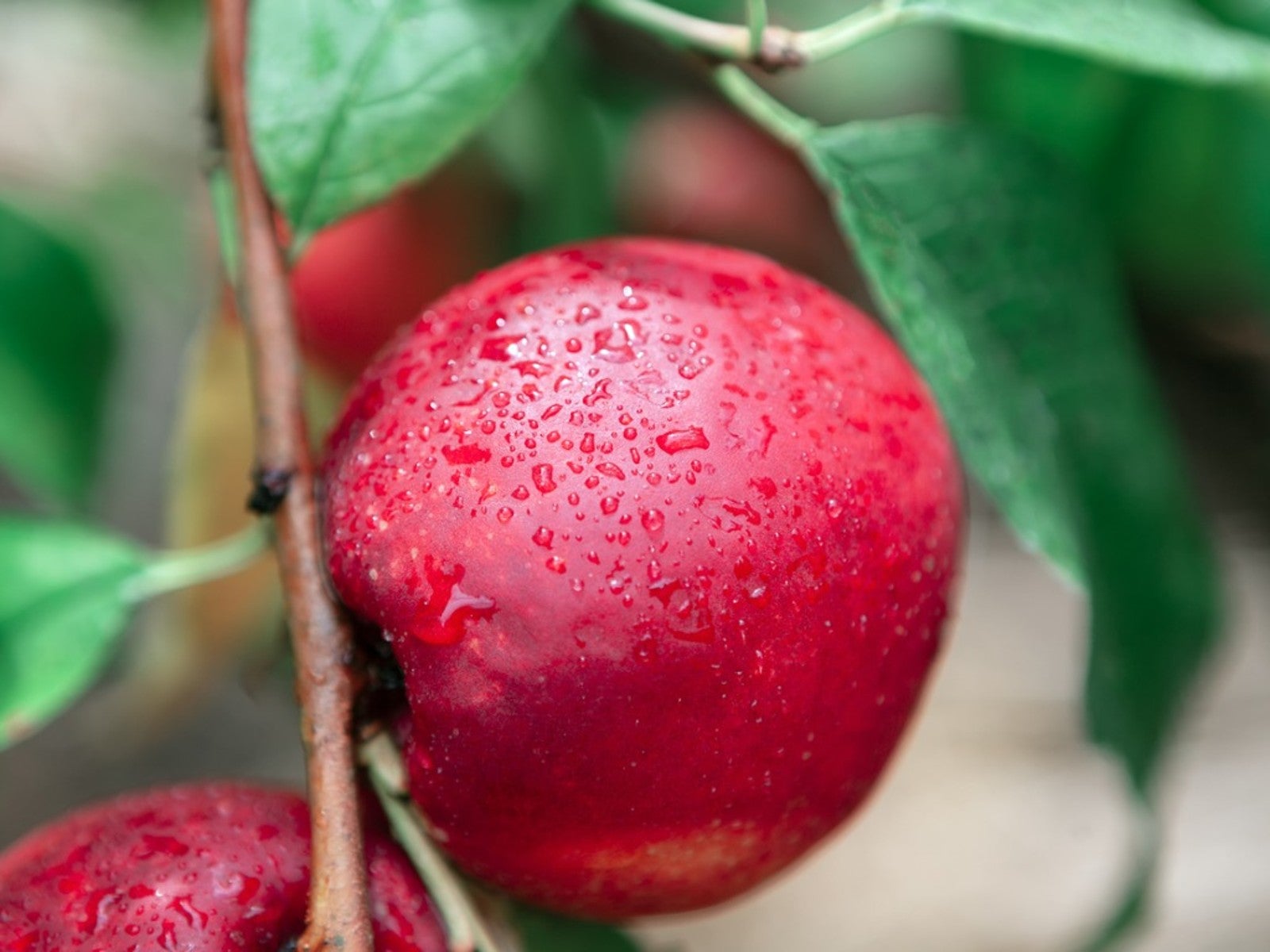

Fruit trees are great things to have around. There’s nothing better than homegrown fruit – the stuff you buy in the supermarket just can’t compare. Not everyone has the space to grow trees, however. Even if you do, the winter temperatures in your climate might get too cold to support certain kinds of fruit trees outside. Luckily, it’s relatively easy to grow fruit trees in containers, so you can keep them on a porch or patio and even bring them inside during the harshest parts of winter. Keep reading to learn more about how to grow a nectarine tree in a pot and potted nectarine tree care.
Nectarines in Pots
Growing a nectarine tree in the landscape is easy enough but what about nectarine trees for containers? When growing nectarines in containers, you have to accept that your tree won't get to be as big as it would if it were planted in the ground, especially if you’re planning on moving the tree with the coming and going of winter.
The ideal maximum size for a container is between 15 and 20 gallons (57-76 L.). If you’re planting a sapling, however, you should start out with a smaller pot and transplant it up every year or two, as nectarines grow better if their roots are slightly constricted.
Also, when growing nectarines in containers, you’ll have the most luck with a dwarf tree that’s bred to stay small. Nectar Babe and Necta Zee are two good dwarf varieties.
Potted Nectarine Tree Care
Nectarines in pots need a few things in order to succeed.
- They need at least six hours of full sun each day.
- They’re heavy drinkers and need to be watered frequently but should be planted in a well-draining potting medium.
- Feed them frequently during the growing season with high phosphorus fertilizer to encourage flowers and fruit.
- Prune your nectarines in pots to encourage low, horizontal branches. This will create a shrub-like shape that takes advantage of the tree’s small size.
Gardening tips, videos, info and more delivered right to your inbox!
Sign up for the Gardening Know How newsletter today and receive a free copy of our e-book "How to Grow Delicious Tomatoes".

The only child of a horticulturist and an English teacher, Liz Baessler was destined to become a gardening editor. She has been with Gardening Know how since 2015, and a Senior Editor since 2020. She holds a BA in English from Brandeis University and an MA in English from the University of Geneva, Switzerland. After years of gardening in containers and community garden plots, she finally has a backyard of her own, which she is systematically filling with vegetables and flowers.
-
 Terrifically Tubular Flowers For Hummingbirds: 9 Tube-Flowered Plants To Attract Hummers
Terrifically Tubular Flowers For Hummingbirds: 9 Tube-Flowered Plants To Attract HummersGrowing tubular flowers for hummingbirds helps you create the optimum feeding conditions for your winged friends. Here are nine tubed delights for hummers
By Tonya Barnett
-
 How To Grow Hydroponic Tomatoes For Fresh Indoor Harvests – No Soil Required
How To Grow Hydroponic Tomatoes For Fresh Indoor Harvests – No Soil RequiredLearning how to grow tomatoes in water is easy and allows you to harvest fresh-home-grown produce in every season without any mess.
By Ellen Wells
-
Panamint Nectarine Fruit: Caring For Panamint Nectarine Trees
Panamint nectarine trees are very adaptable for home gardens and produce fruit with an excellent flavor. For more information about Panamint nectarine fruit, plus tips on caring for Panamint nectarines, the following article will help.
By Teo Spengler
-
Southern Belle Nectarines: Learn About Southern Belle Tree Care
If you love peaches but don’t have a landscape that can sustain a larger tree, try growing a Southern Belle nectarine. With its fairly diminutive height, the nectarine ‘Southern Belle’ can be container grown easily. Learn more about this fruit tree in the following article.
By Amy Grant
-
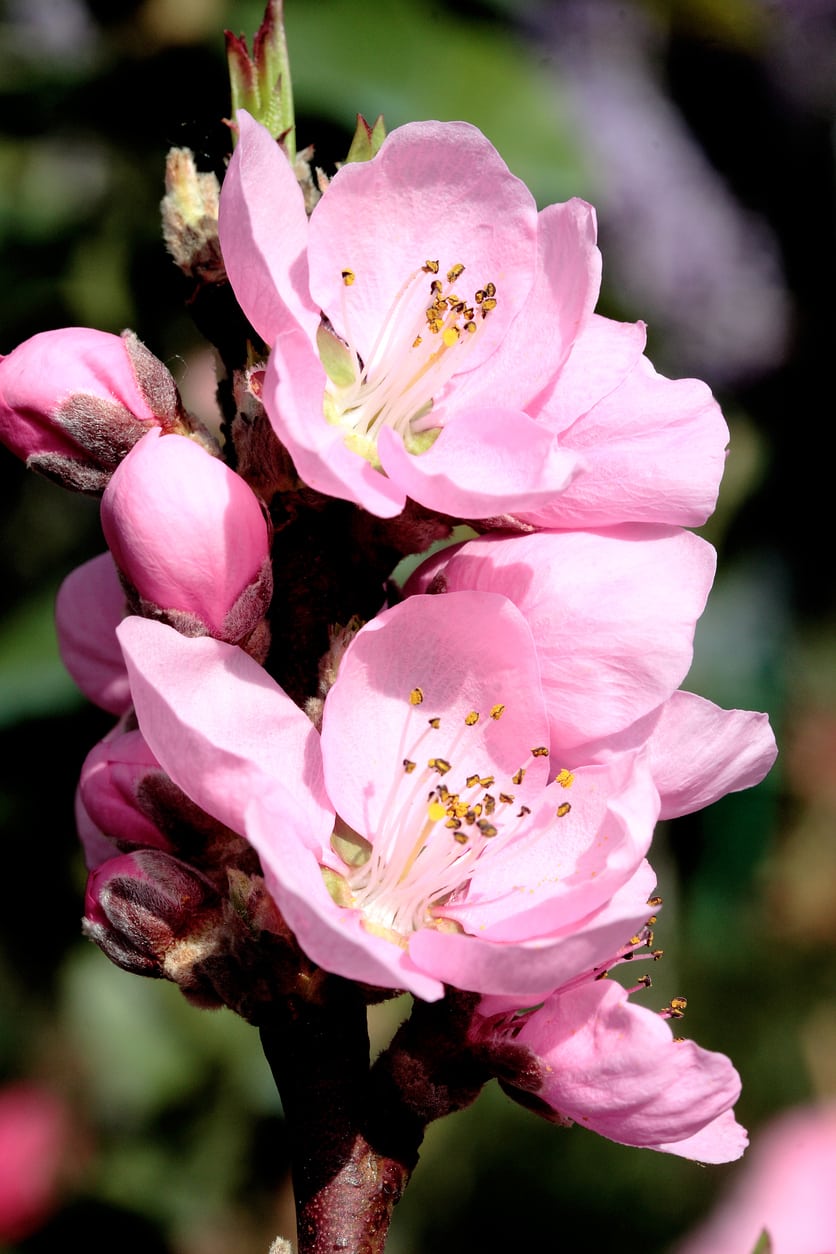 Nectar Babe Nectarine Info – Growing A Nectarine ‘Nectar Babe’ Cultivar
Nectar Babe Nectarine Info – Growing A Nectarine ‘Nectar Babe’ CultivarAccording to Nectar Babe nectarine information, these are natural dwarf trees, but grow full-size, luscious fruit. You can start growing Nectar Babe nectarines in containers or in the garden. Click here for info on these unique trees plus tips on planting.
By Teo Spengler
-
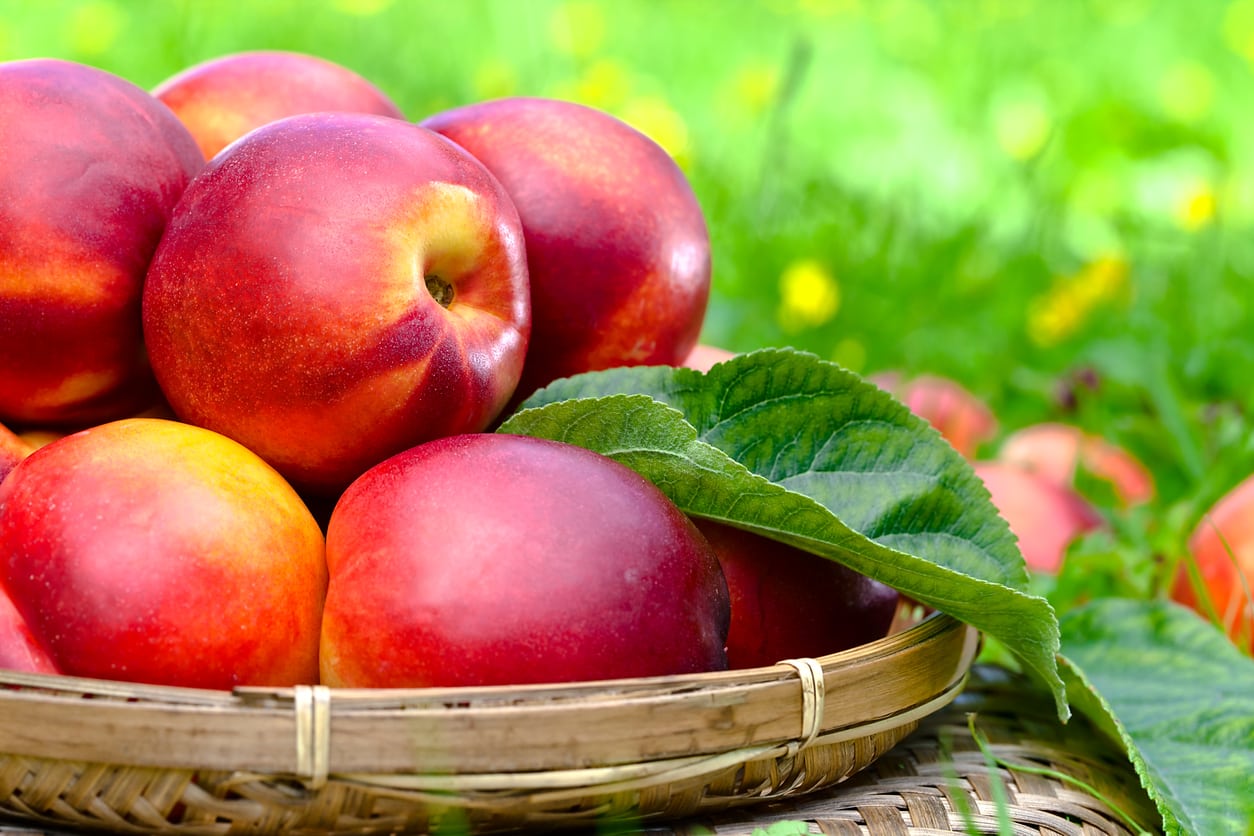 Harko Nectarine Care: How To Grow A Harko Nectarine Tree
Harko Nectarine Care: How To Grow A Harko Nectarine TreeThe Harko nectarine is a Canadian variety high on taste and cold tolerant. If you want to grow this nectarine tree, it’s important to have some facts at your fingertips. Click here for information about growing Harko nectarines and tips about Harko nectarine care.
By Teo Spengler
-
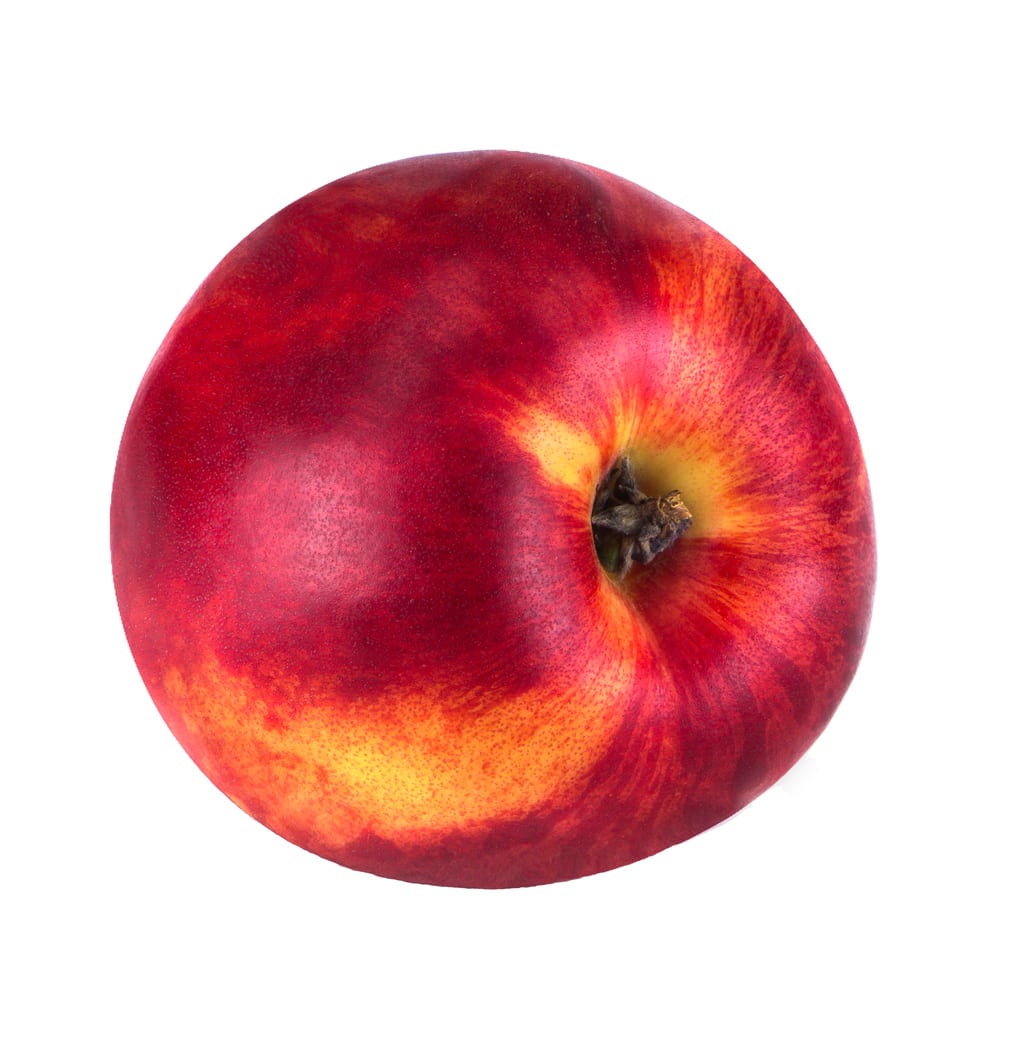 Arctic Rose Nectarine Care: What Is An Arctic Rose Nectarine
Arctic Rose Nectarine Care: What Is An Arctic Rose NectarineIf you are considering growing peaches or nectarines in a backyard orchard, Arctic Rose white nectarine is a great place to start. Click on the following article for information about this interesting cultivar, plus tips on Arctic Rose nectarine care.
By Teo Spengler
-
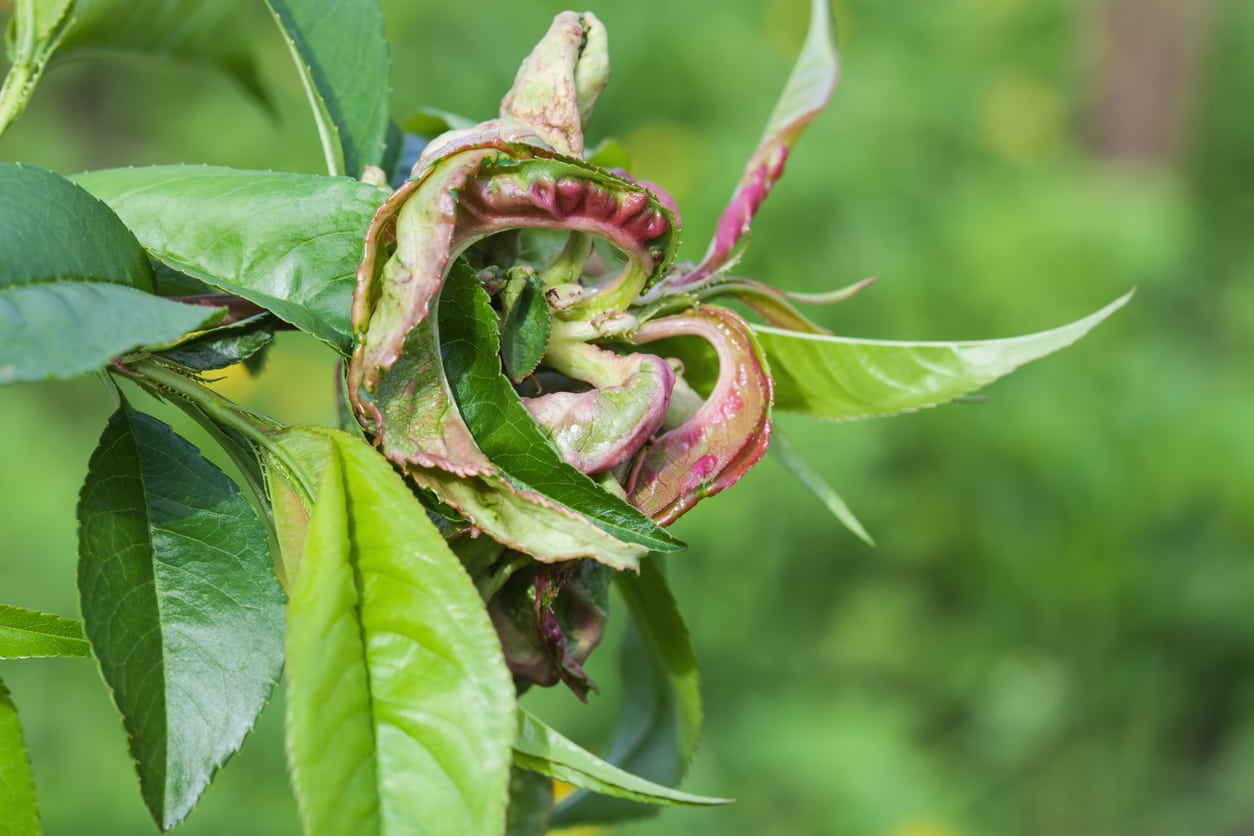 Diseases Of Nectarines: How To Spot Common Nectarine Diseases
Diseases Of Nectarines: How To Spot Common Nectarine DiseasesNectarine disease symptoms may not be readily apparent, and you may have to do some serious observation to locate issues. Others are visually evident and not hard to identify. If your nectarine tree is looking or performing differently than in years past, this article can help.
By Becca Badgett
-
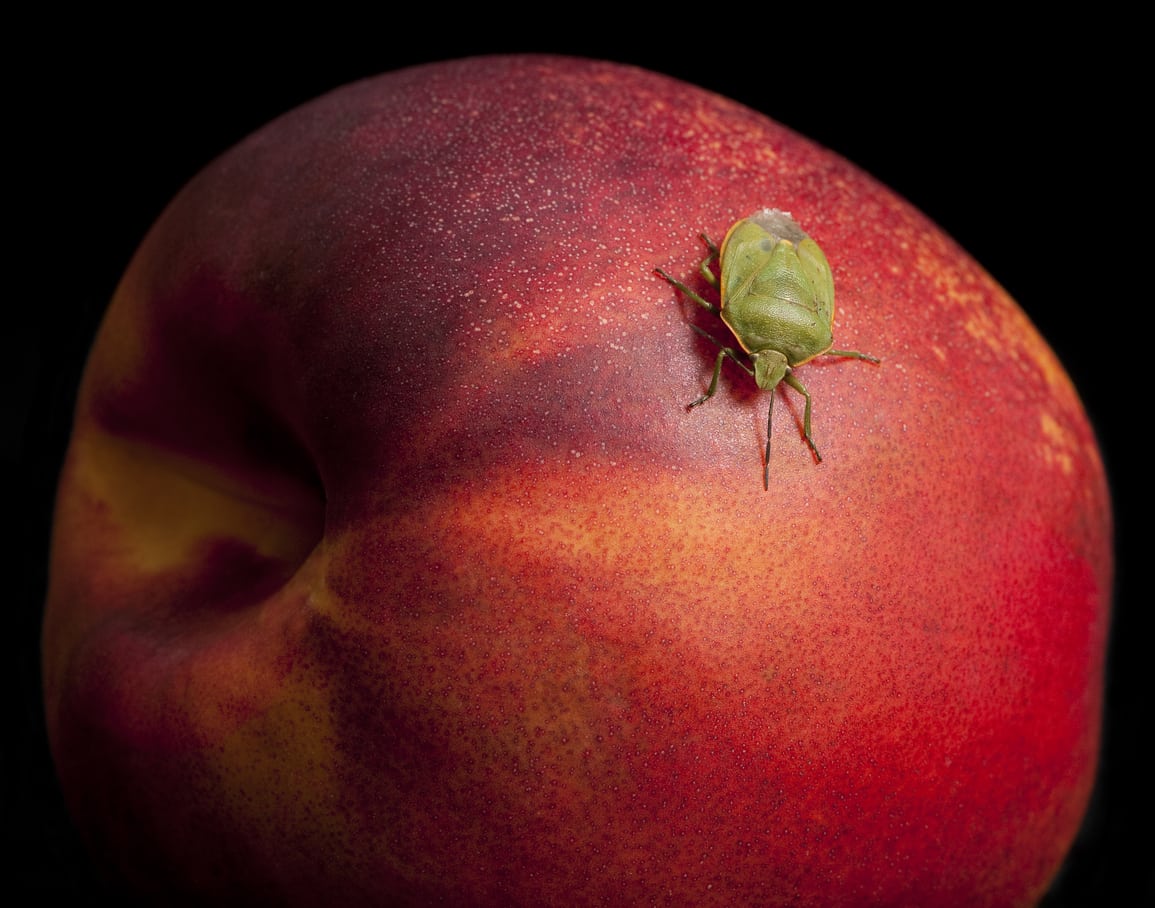 Bugs That Eat Nectarines – Tips For Controlling Nectarine Pests In Gardens
Bugs That Eat Nectarines – Tips For Controlling Nectarine Pests In GardensNectarines and peaches are often used interchangeably in cooking. Not surprisingly, both often face the same pests in the garden. Controlling nectarine pests in the home orchard will help to maintain plant vigor and prevent future pest problems. Learn more here.
By Tonya Barnett
-
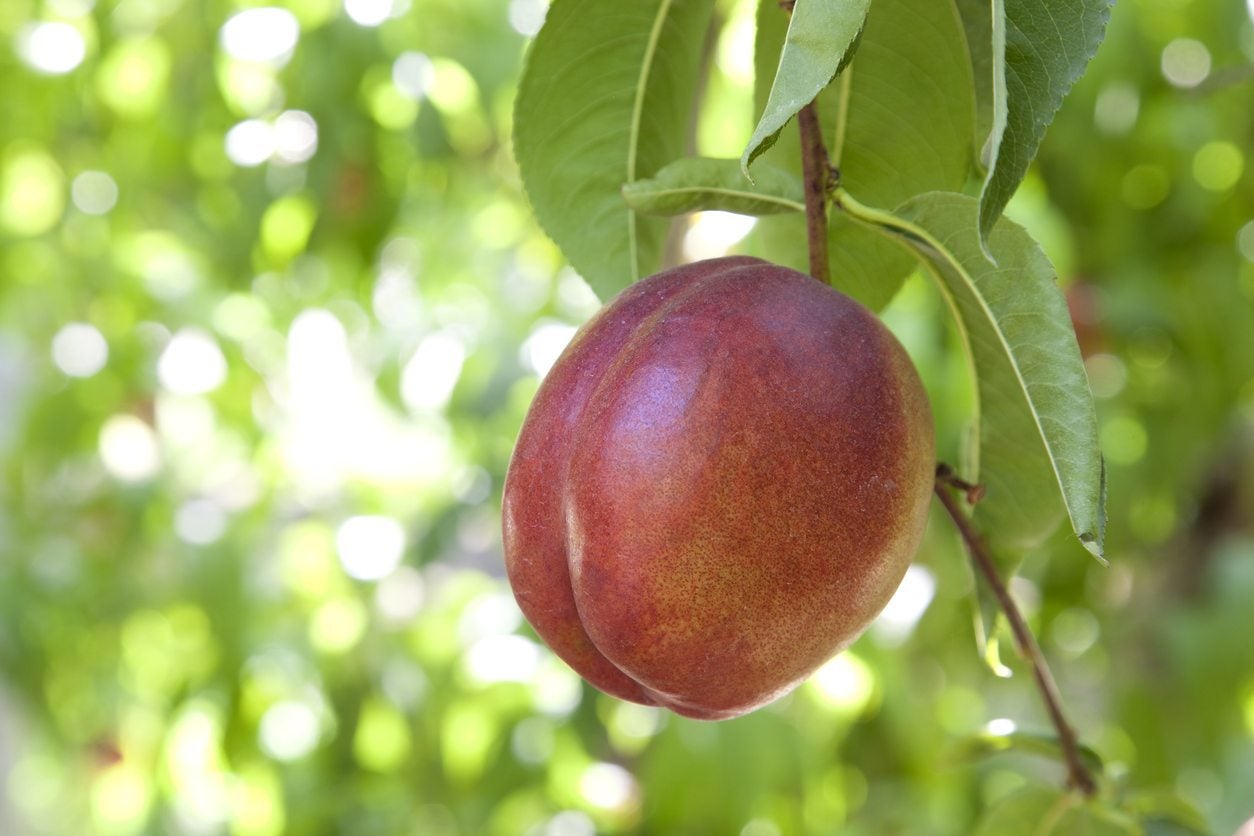 Nectarine Tree Not Fruiting – How To Get Fruit On Nectarine Trees
Nectarine Tree Not Fruiting – How To Get Fruit On Nectarine TreesGetting no fruit on the nectarine trees? If there are no obvious diseases or insect pests, why is the nectarine tree not fruiting? There are quite a few reasons for a fruitless nectarine tree. Find out how to get fruit on nectarine trees in this article.
By Amy Grant